Chemical acids (AHAs, BHAs, PHAs) help break down the ‘glue’ that holds dead skin cells together; forcing old, dull, cloggy skin cells to bugger off, and allowing shiny new skin cells to come through.
All of these hydroxy acids promote the skin’s natural exfoliation process, addressing very different skin concerns between removing dead cells. Which is why we think it’s highly beneficial to know which acid is going to edge you closer to your skin goals.
AHAs or alpha hydroxy acids are naturally occurring in sugarcane and fruits. Altogether, they’re experts at minimising the signs of ageing, doing their best work on the surface (epidermis) of the skin. Softening fine lines and pigmentation to smooth, plump and brighten the skin.
Heroes amongst them being:
Glycolic Acid
The smallest molecule out of all the acids, meaning it is deeply clarifying (one of the most effective acids available). But its greatest strength is also its greatest weakness. Because it can exfoliate so well, it also has a chance of causing irritation. Best to patch test.
Mandelic Acid
A larger molecule, mandelic acid has a slower rate of exfoliation of the skin. It’s been found to improve various conditions or concerns, including sun and age spots, wrinkles and fine lines. And has been shown to have antibacterial properties to help purify the skin and fight blemishes.
Lactic Acid
The most gentle of all AHAs, lactic acid is for you if you’ve ever been too afraid to exfoliate. If you have sensitive skin, prone to redness and irritation, this is one you can confidently (but slowly) introduce into your skincare routine to remove buildup and impurities.
BHAs or beta hydroxy acids are also naturally occurring in fruits and plants. But as the oil-soluble counterpart to AHAs, they’re able to cut through sebum more efficiently. Making it the perfect solution for oily, shiny, breakout-y skin. They do their best work inside the pores, cleaning out congestion and clearing blemishes to renew your skin barrier.
Heroes amongst them being:
Salicylic Acid
If you’ve ever bought an over-the-counter acne cream or spot treatment, you’ve more than likely dabbled in salicylic acid before. It dissolves the oil clogging your pores, all the while exfoliating away dead skin cells. And it doesn’t irritate inflamed skin either, thanks to its anti-inflammatory properties.
PHAs or poly hydroxy acids are the third group of skincare acids often overshadowed by their much more talked about cousins above. The key difference is their molecular structure. Being much larger, PHAs can’t penetrate the skin as deeply or release their active components as quickly, so prove to be an even more delicate exfoliation option.
Heroes amongst them being:
Gluconolactone
You may remember from school chemistry, poly means many and hydroxyl means pairings of oxygen and hydrogen atoms. This makes gluconolactone an exfoliating acid and a hydrator combined. While not (yet) often the hero, this PHA is a very gentle supporting ingredient used alongside stronger acids to minimise irritation.
PSA: wondering where the heck hyaluronic acid fits in all this? It doesn’t. Technically it’s an acid like AHAs or BHAs, with its pH being lower than neutral, but instead it sits firmly in Camp Hydration™. A known and ferociously loved humectant. This sugar molecule is able to absorb up to 1000x its weight in water to trap moisture in the skin’s surface and plump out the tissue for extra bounce. No exfoliation in sight.
We don’t make the skincare rules, we just enforce ‘em!




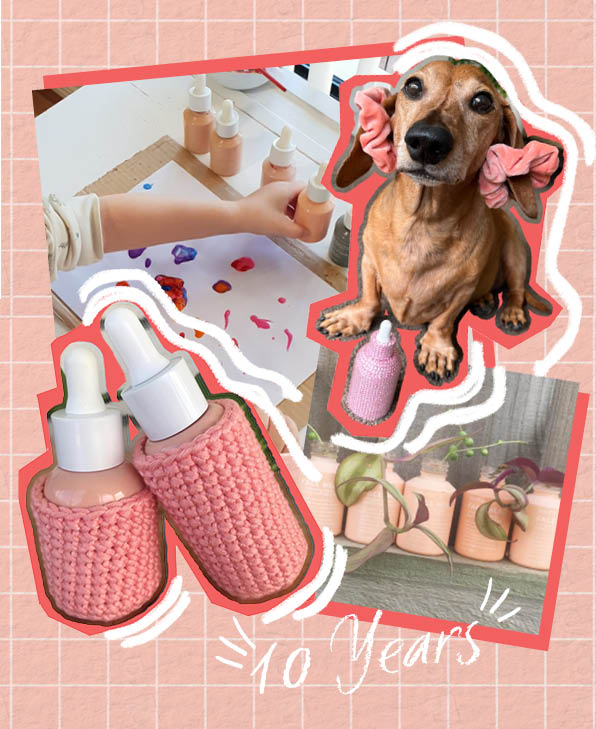

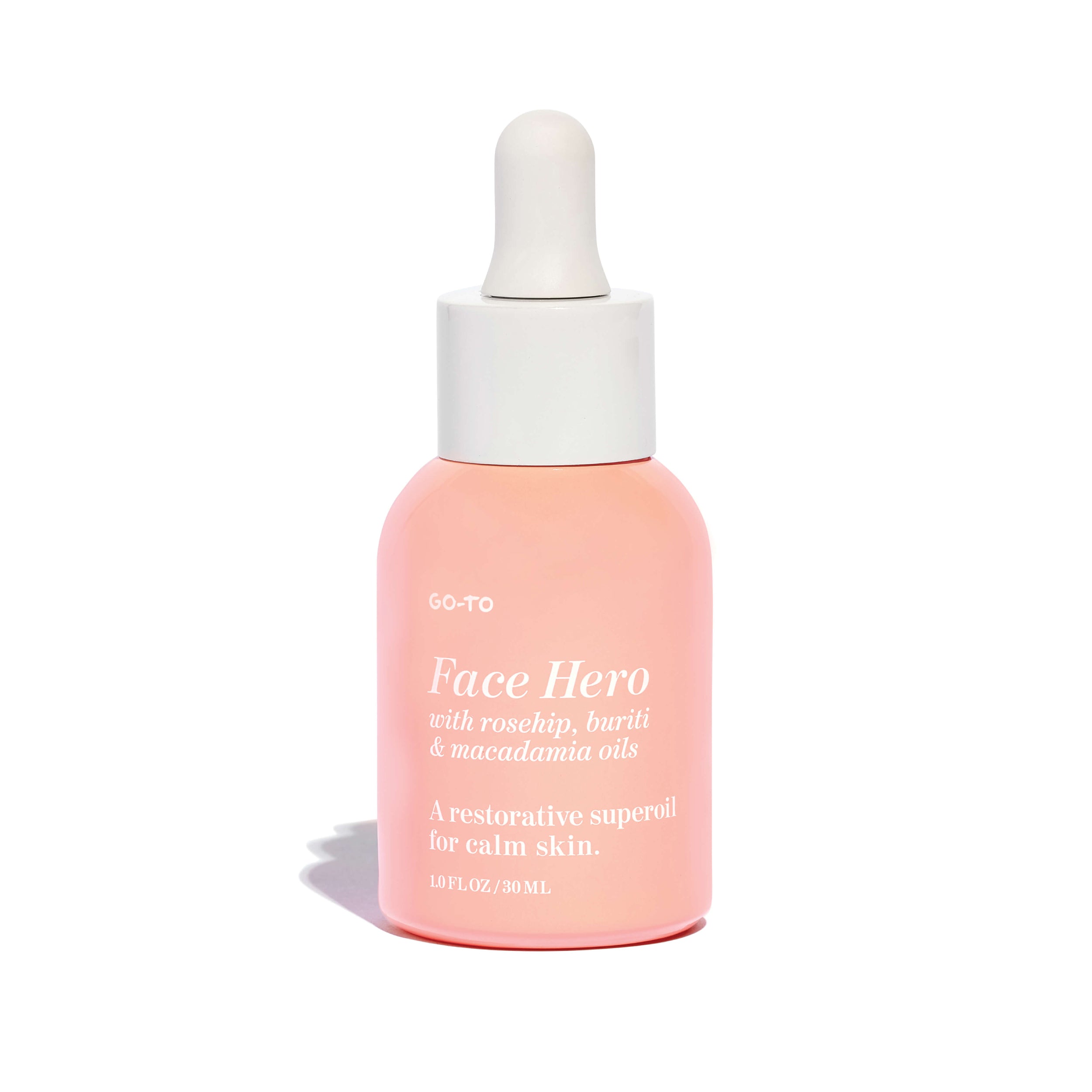


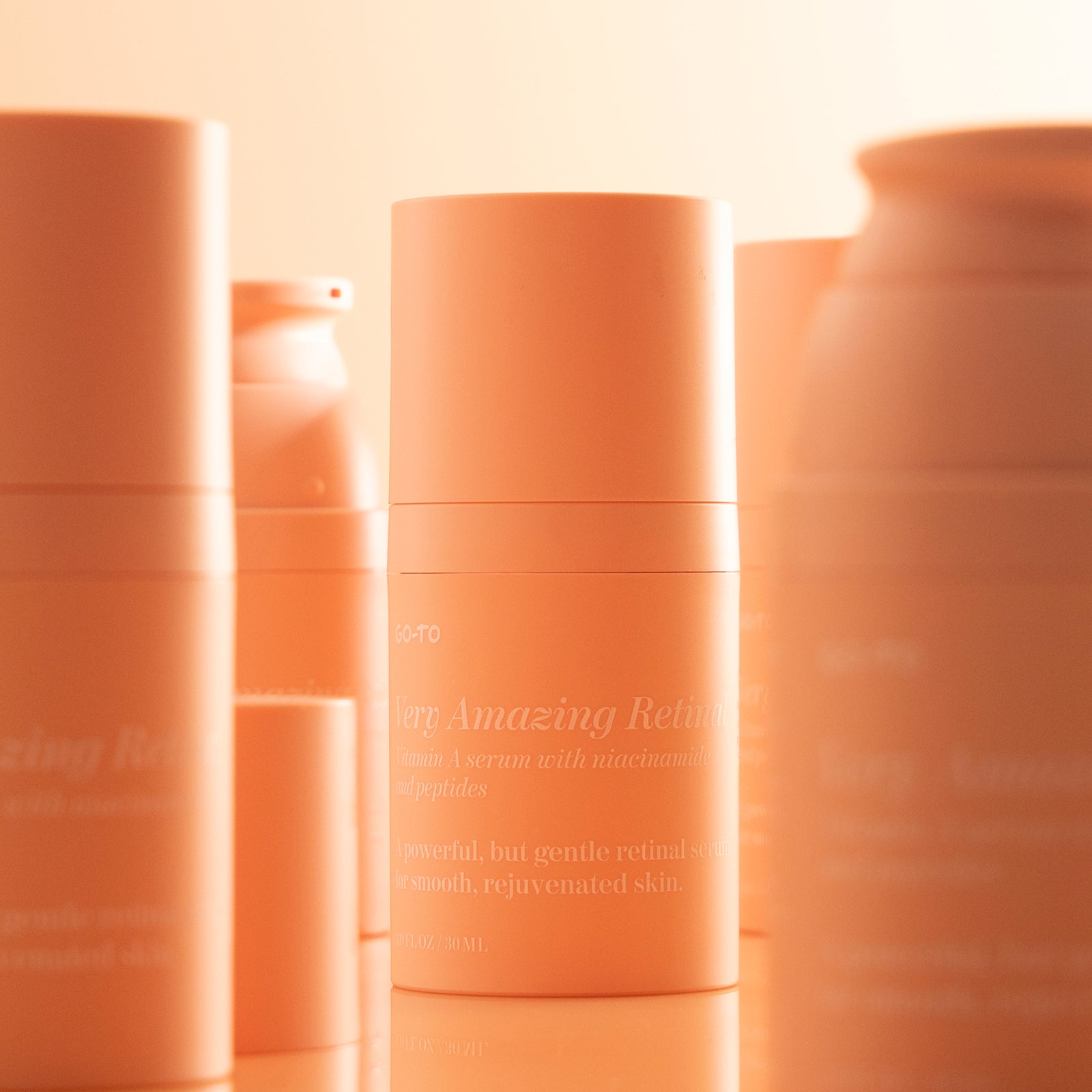
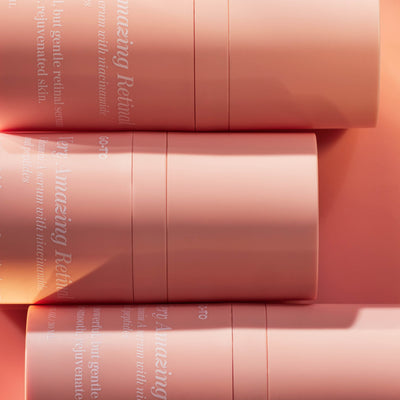



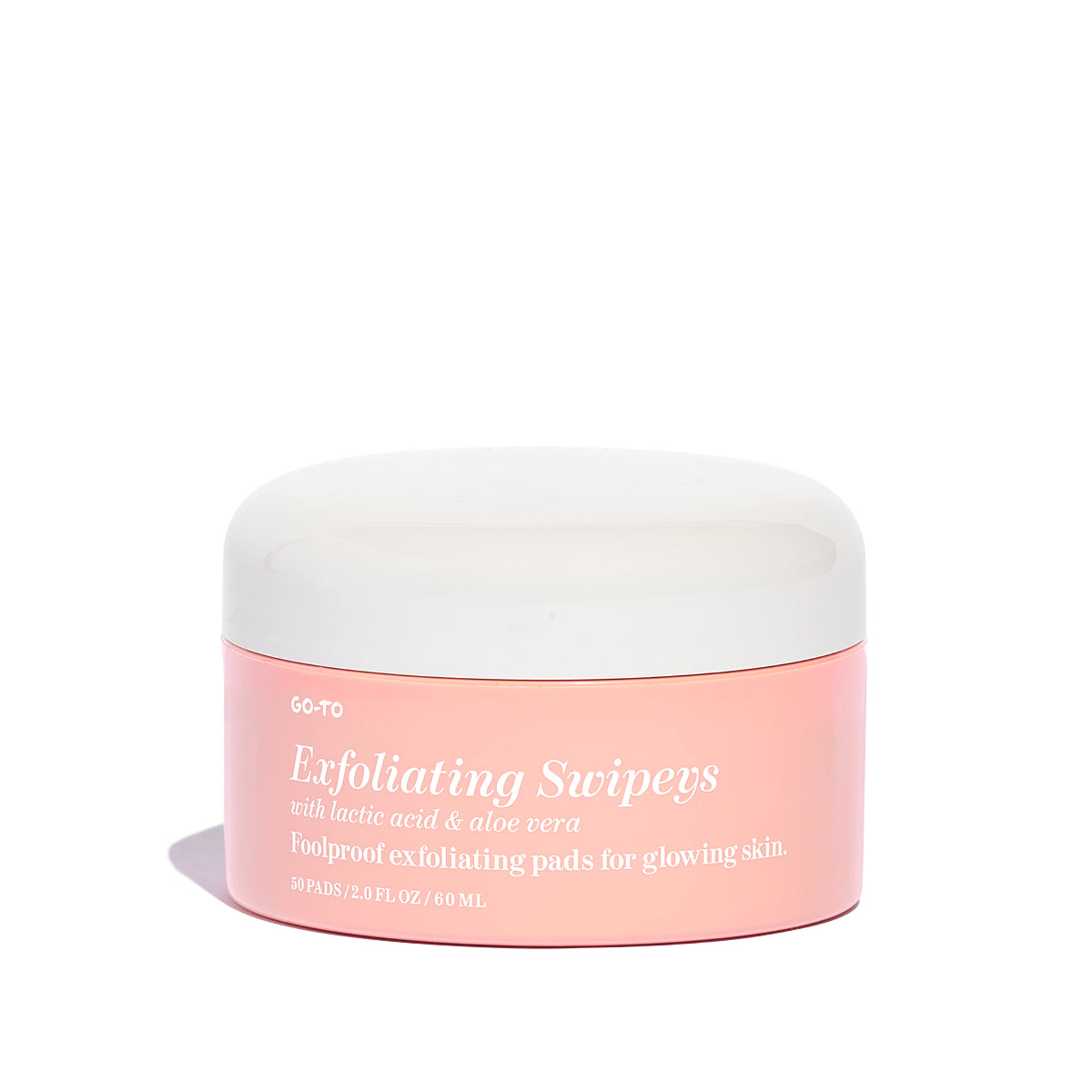
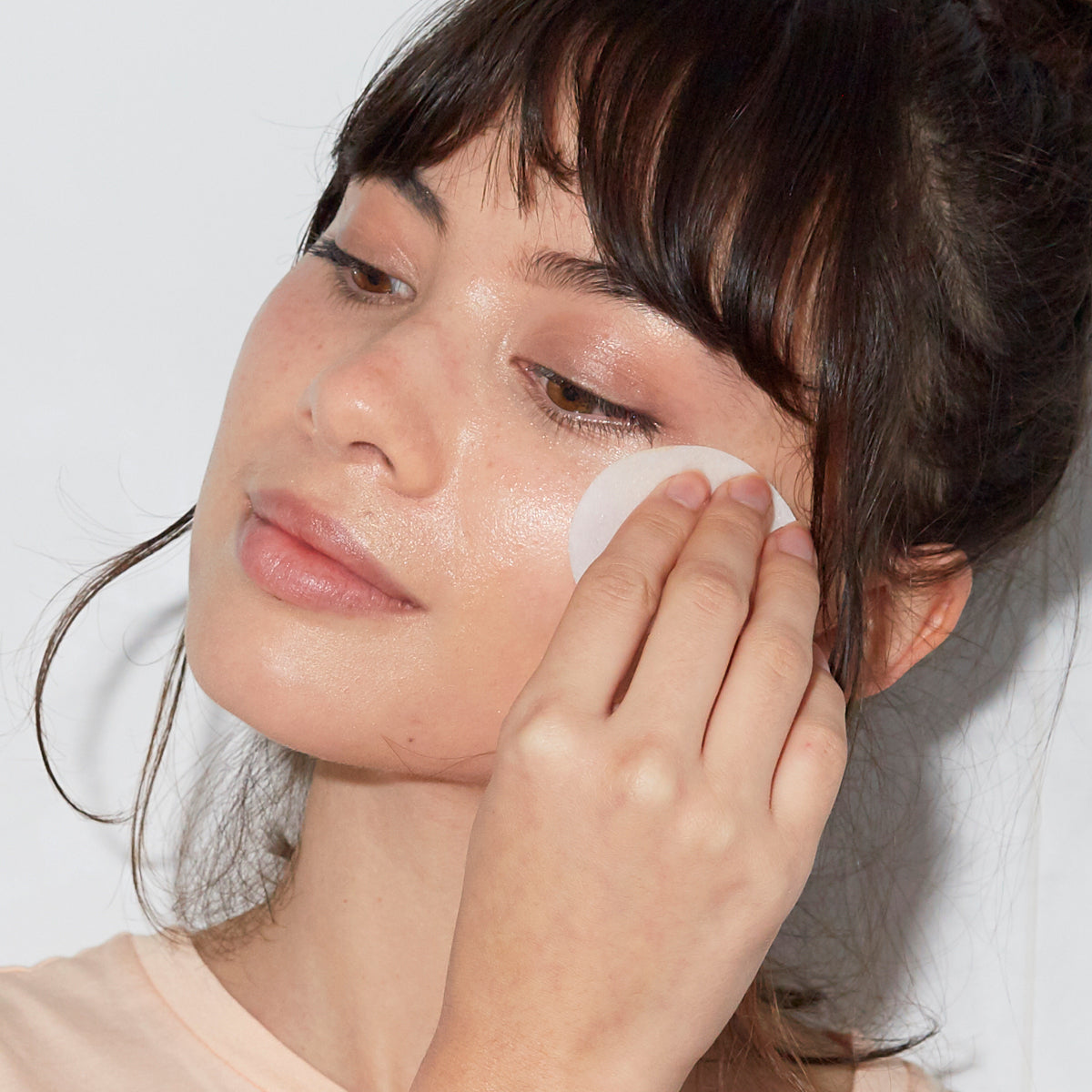
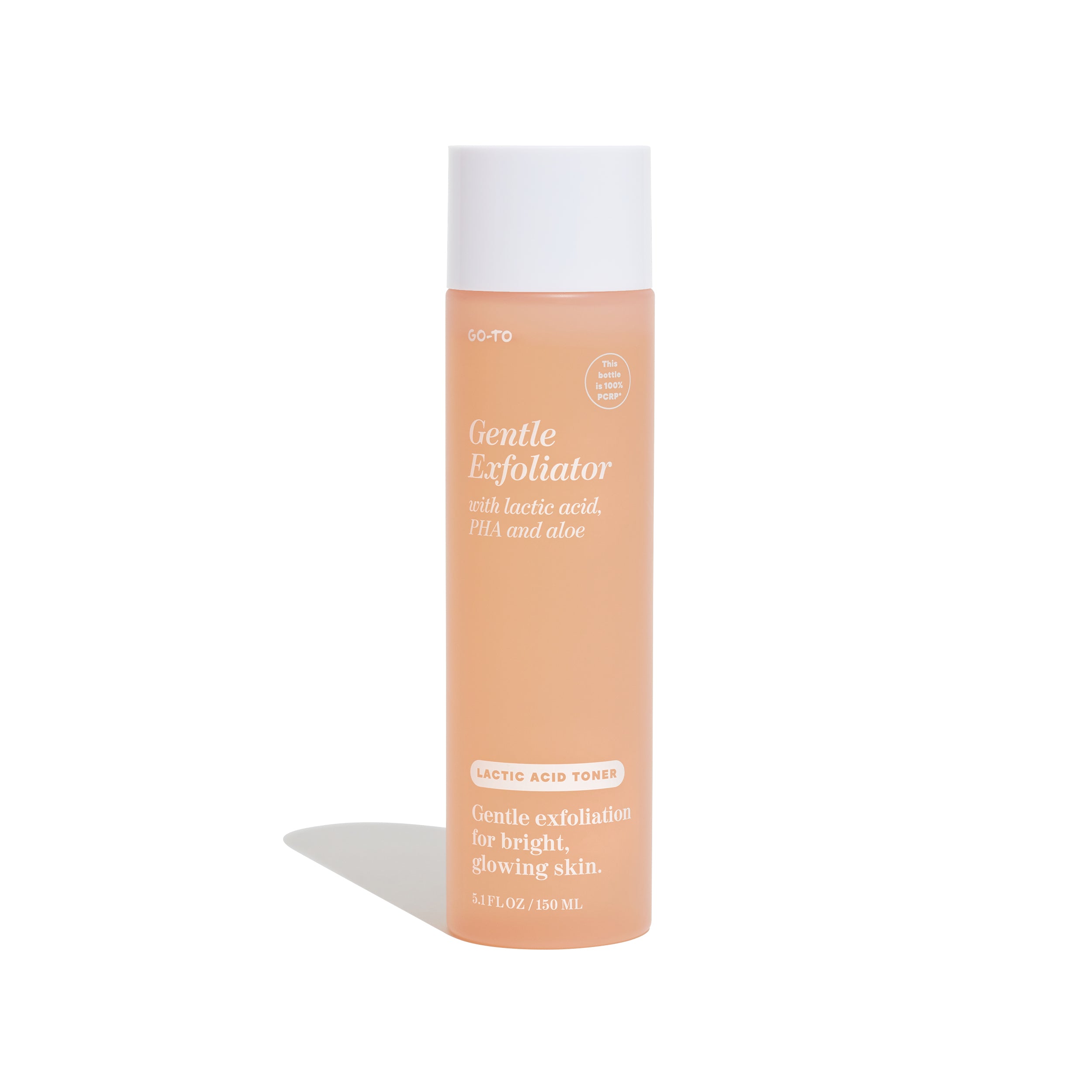
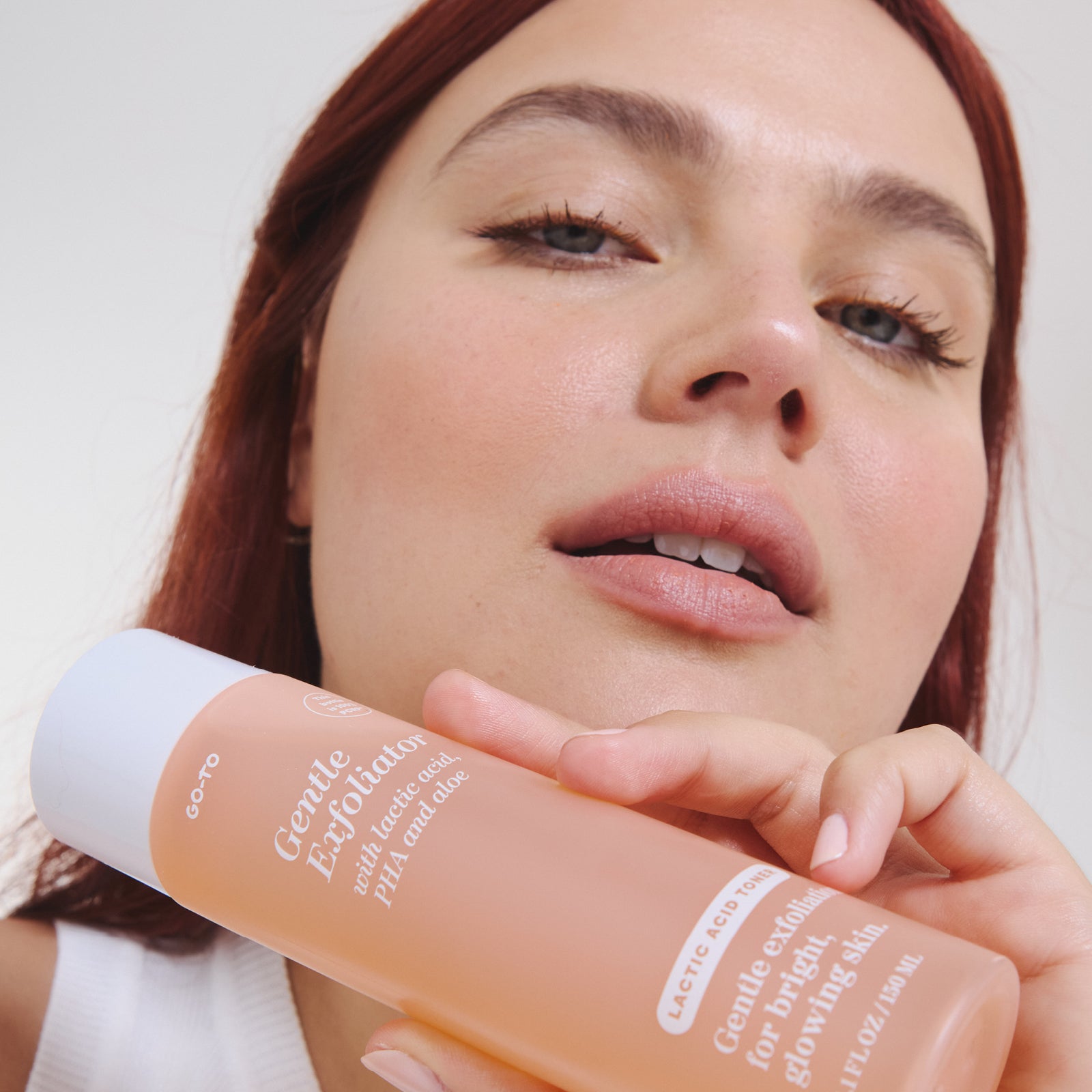
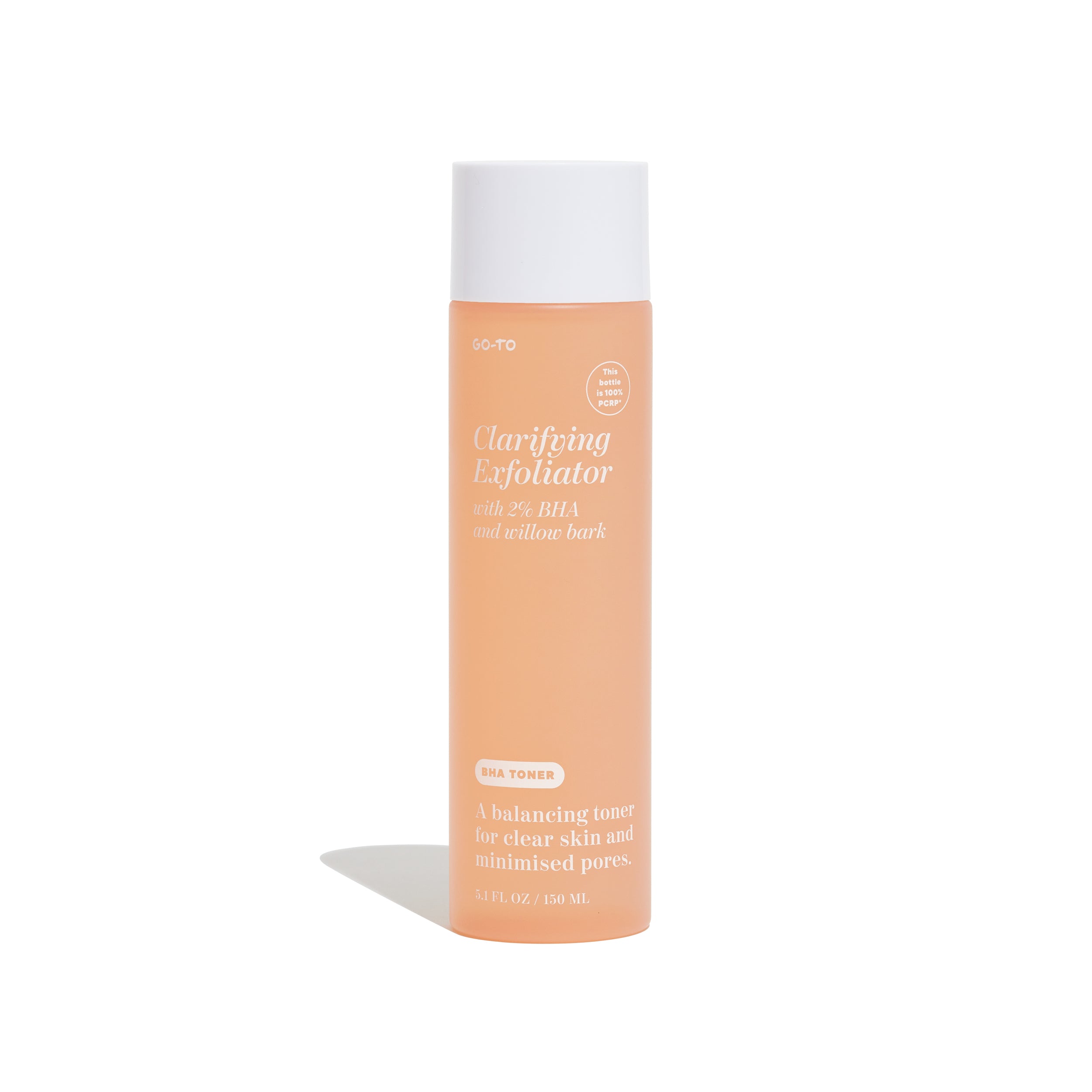
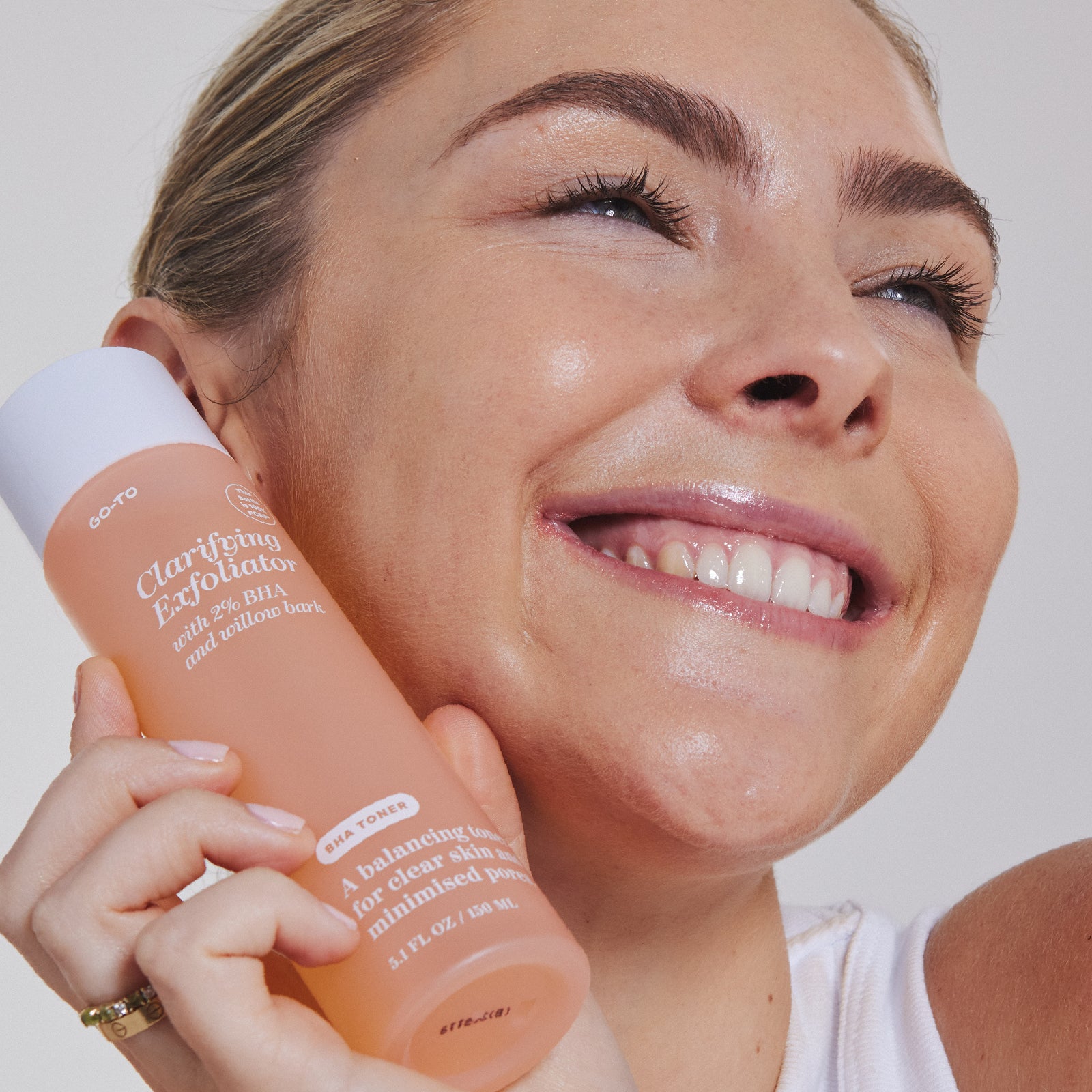
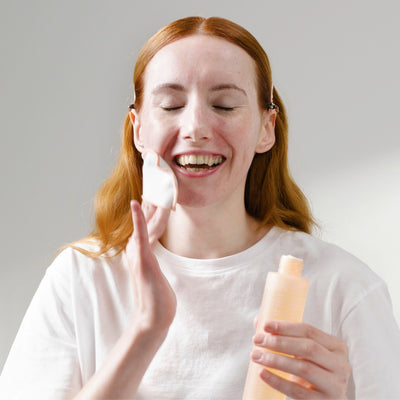
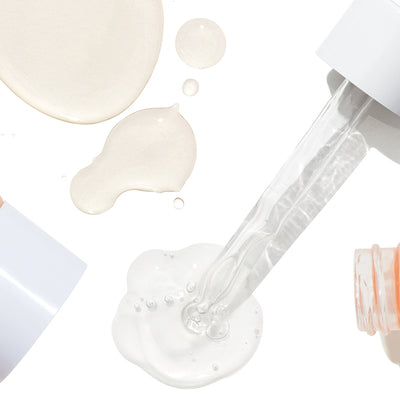
Comments